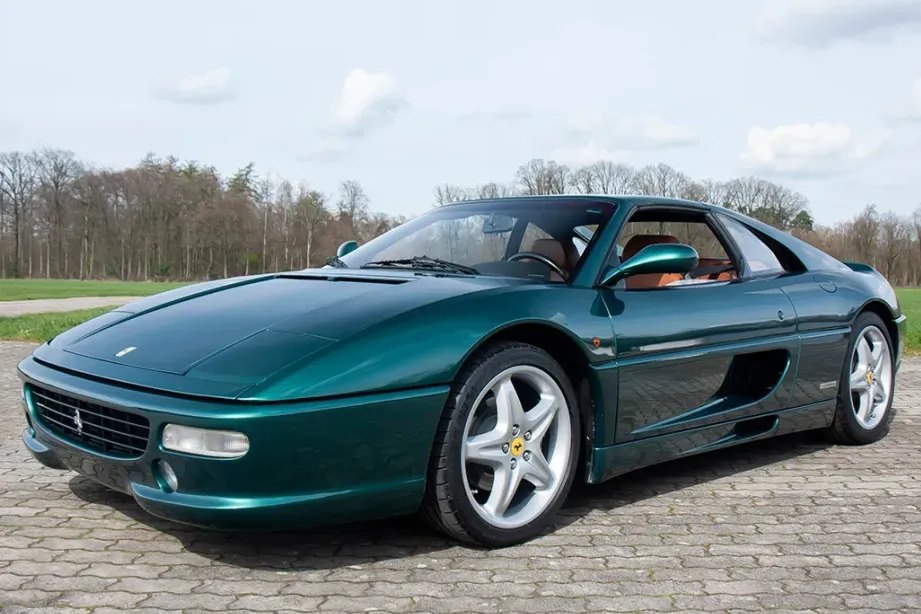The 1970 Dodge Super Bee R-Code is a quintessential muscle car that stands out for its distinctive blend of power, performance, and style. Introduced as a performance-oriented version of Dodge's mid-sized Coronet, the Super Bee was designed to appeal to young, performance-minded buyers during the golden era of American muscle cars.

The "R-Code" designation in the Super Bee lineup is particularly significant, as it denotes the inclusion of the powerful 426 Hemi engine, making it one of the most sought-after configurations.

The Super Bee itself was launched in 1968 as a response to the success of the Plymouth Road Runner, sharing the same B-body platform. By 1970, the Super Bee had evolved, receiving a facelift that included a new front-end design with a split grille and dual hood scoops, giving it an aggressive and distinctive appearance.

The “bumblebee” tail stripe, which was a signature design element, added to the car's visual appeal and brand identity.

The R-Code Super Bee of 1970 is distinguished by its engine – the legendary 426 Hemi V8. This engine was renowned for its performance on the drag strip and was a dominant force in NASCAR racing.

The 426 Hemi, often referred to as the "elephant engine" due to its massive size and power, produced 425 horsepower and 490 lb-ft of torque. This powerplant featured a dual four-barrel carburetor setup, hemispherical combustion chambers, and high-performance internals, making it one of the most formidable engines of its time.

Performance figures for the R-Code Super Bee were impressive, with the car capable of accelerating from 0 to 60 mph in approximately 5.3 seconds and completing the quarter-mile in around 13.5 seconds at over 105 mph. These numbers placed the Super Bee among the elite muscle cars of the era, capable of outpacing many of its rivals on both the street and the strip.

The 1970 Super Bee was available with a choice of transmissions, including a heavy-duty four-speed manual with a Hurst shifter or a three-speed Torqueflite automatic. The manual transmission, in particular, enhanced the driving experience, allowing enthusiasts to fully exploit the Hemi’s power.

In terms of handling, the Super Bee featured a performance-tuned suspension system with heavy-duty components designed to manage the significant power output of the Hemi engine. This included a beefier front sway bar, improved shock absorbers, and a robust rear axle. Despite its muscle-bound persona, the Super Bee was relatively well-balanced and could handle corners with surprising agility for a car of its size and era.

The interior of the 1970 Super Bee was relatively spartan compared to luxury models, reflecting its focus on performance over comfort. Bucket seats, a floor-mounted shifter, and a basic instrument cluster were standard, but buyers could opt for additional amenities like an upgraded sound system or more elaborate trim packages.

Today, the 1970 Dodge Super Bee R-Code is a highly prized collector’s item. Its combination of rarity, historical significance, and raw performance makes it a standout in the muscle car community.

Surviving examples command high prices at auctions, and enthusiasts cherish them for their place in automotive history as symbols of an era when American manufacturers pushed the limits of performance and design. The R-Code Super Bee remains a testament to Dodge’s commitment to building cars that deliver thrilling performance and enduring appeal.



